How to Recover Traffic After Migration?
Like SEO work, site migrations or migration processes exist in different structures. In this article, I will tell you what you can do if your organic traffic declines after migration. You can even bring your traffic to better levels than before.
Migration of sites is always stressful and time-consuming. If you want a detailed guide on migration, you can look at my previous SEO and migration article. After the migration, if you ignore the well-known technical SEO mistakes and say "We'll fix it after the migration", your SEO performance may decrease and it may be a long process to recover it. Of course, it is quite normal to experience a decrease in your revenue and conversion rates as a result.
Due to redirects from the old site to the new site, Googlebot may sometimes have to crawl more intensively than usual to process the changes. The errors it encounters in the crawling process are among the main reasons for the decline.
In summary, if you have experienced a major traffic drop after a site migration, you should try to repair the damage. I have listed the steps you can take for this in the subheadings below:
Confirming the Main Cause of the Decline
If you have experienced a drop in traffic after the migration, don't automatically assume that the migration is to blame. First, you can check if Google has made any algorithm updates or if there is anything new in the search results. After checking these updates, you can eliminate them if you think they are not having an impact and start looking at site migration issues:
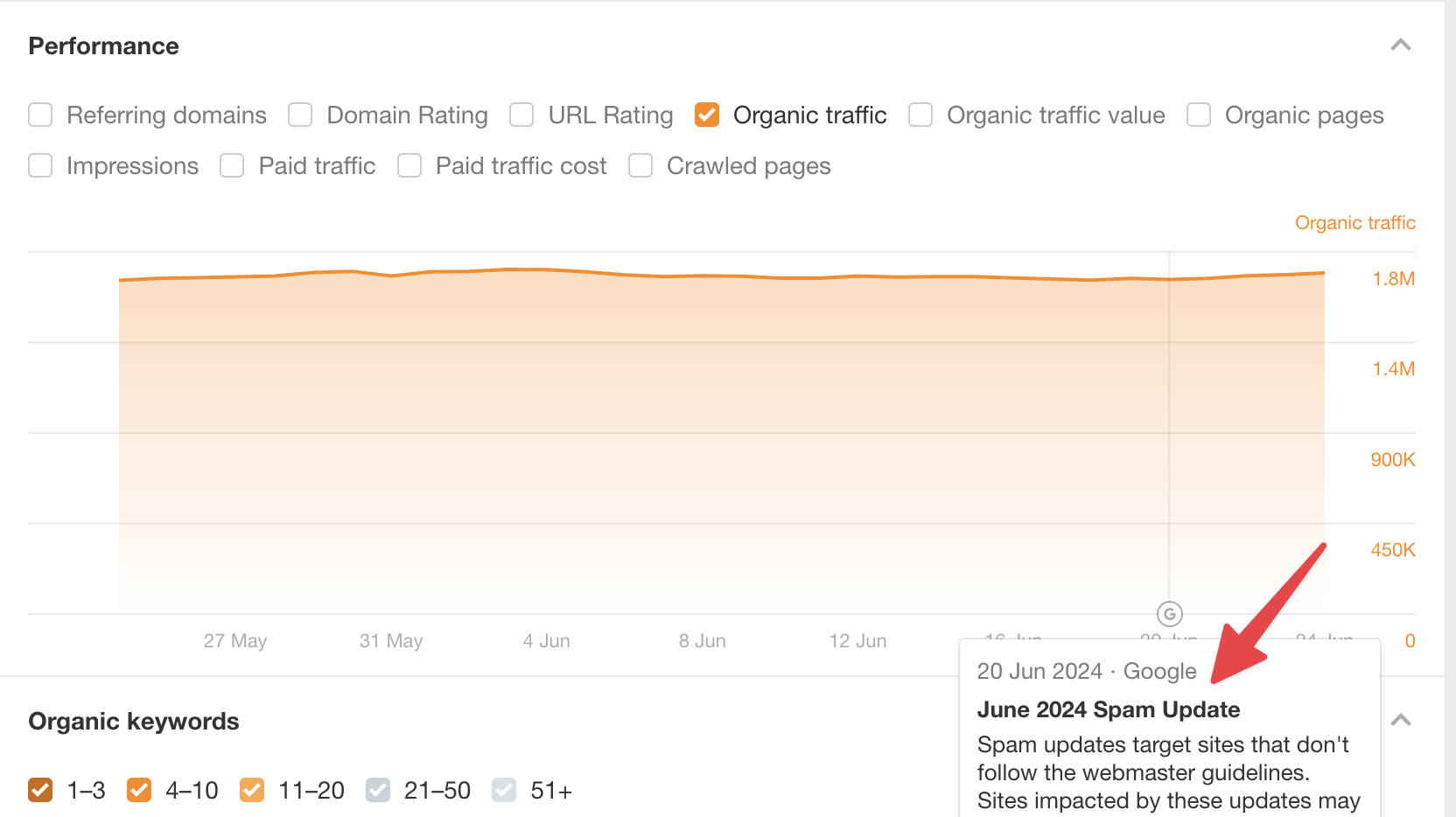
IP Controls
Check if the firewalls on the server are blocking search engine bots. Sometimes this is the main problem and you can fix the IP issue and get Googlebot crawling the site and regaining the old traffic without the need for technical SEO investigations. You can also check user-agent and country restrictions immediately in this context:

Speaking of the server, late loading of the new site will cause the pages to be created late, so if your new pages have a bad page speed, you may not get the organic performance you want.
Control of Redirect Lists
What you refer to as a redirect list is a list of old URLs that redirect to new URLs. These can be very few or they can be files with millions of lines. The most common point that I encounter with the brands I work with is that the recommended list is sometimes exceeded and the final version of the redirects is not edited. So if your traffic is dropping, be sure to check these redirects.

Also, keep the redirects for at least 1 year after the migration (or more in my opinion). This way Googlebot can rediscover some URLs with old redirects, even if the click depth is very deep:
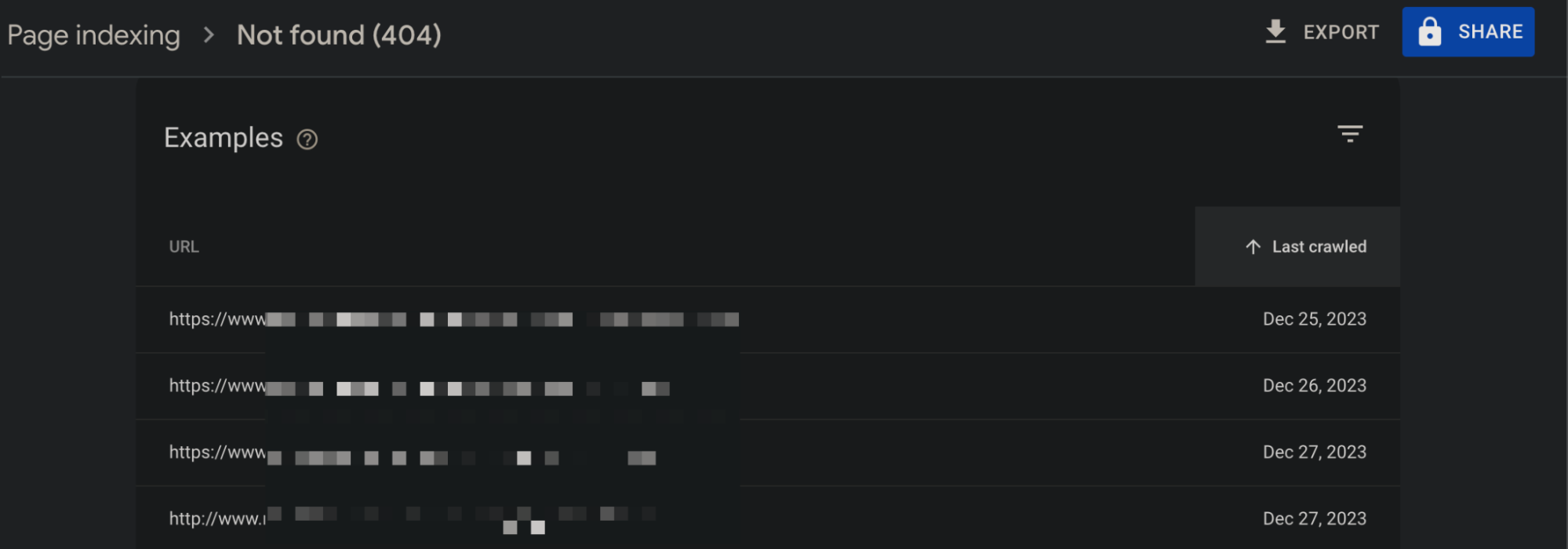
3xx Controls
We recommend that migration efforts redirect old pages with a 301 status code instead of 302 because it is not a temporary redirect. When checking all redirects, you can check that the redirects are indeed 301 redirects. Sometimes these redirection errors can affect your site's traffic drop.

Also, confirm that these transitions are provided with a secure certificate with HTTPS checks. Such moves can bring back the traffic that has dropped.
Crawl Results
I think you have already crawled the site after the migration process, but I wanted to remind you. You can take a look at the jobs that may have a high priority in crawl results:
- Noindex pages,
- 4xx pages,
- Duplicate pages,
- Canonicalized Pages.
For example, you can check if you have reviewed non-200 pages and reported them to the software teams or if these are your important pages:
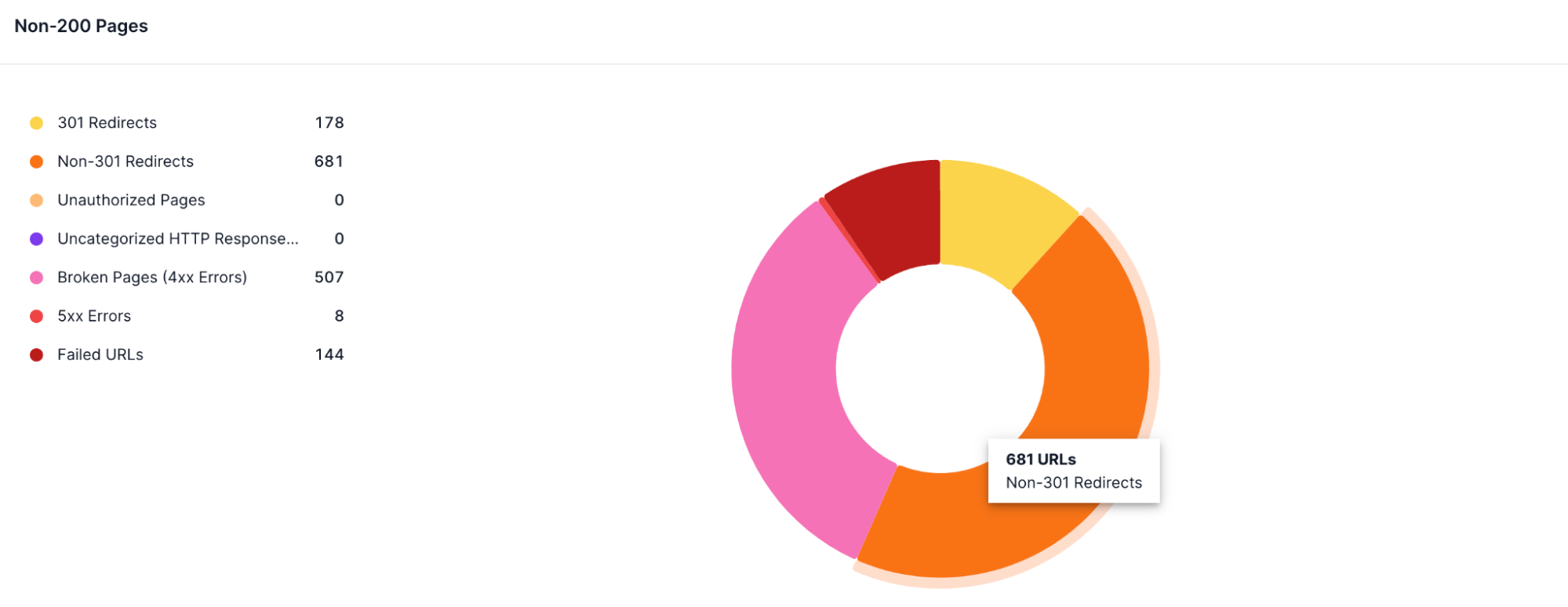
Using SEO crawl tools can help you quickly discover technical SEO issues. If you run a crawl before the migration, you can compare the post-migration with these tools and see increased issues more clearly:

One of the most common errors I encounter after migration is canonical problems. Therefore, you can not only check the redirects of the new pages but also check if they show the canonical URLs you want.
Most Impacted Pages
You should check whether the pages with the best organic performance on your old site have been successfully migrated. This way, if your traffic has dropped after migration, you can see which pages are most affected.
Use Google Search Console for this. Analyze and compare historical data to look for the pages with the most clicks and the highest positions. Then verify that their content and metadata are the same as on the old site. If images don't appear after the migration or some of the content has been deleted, your pages may have been affected. With tools such as Ahrefs, you can also analyze the pages that have experienced a decline more clearly:

Along with the most affected pages, you can also check the most affected page types by doing a bulk analysis. For example, analyses such as whether PDPs or PLPs are experiencing the most decline will make your job easier:
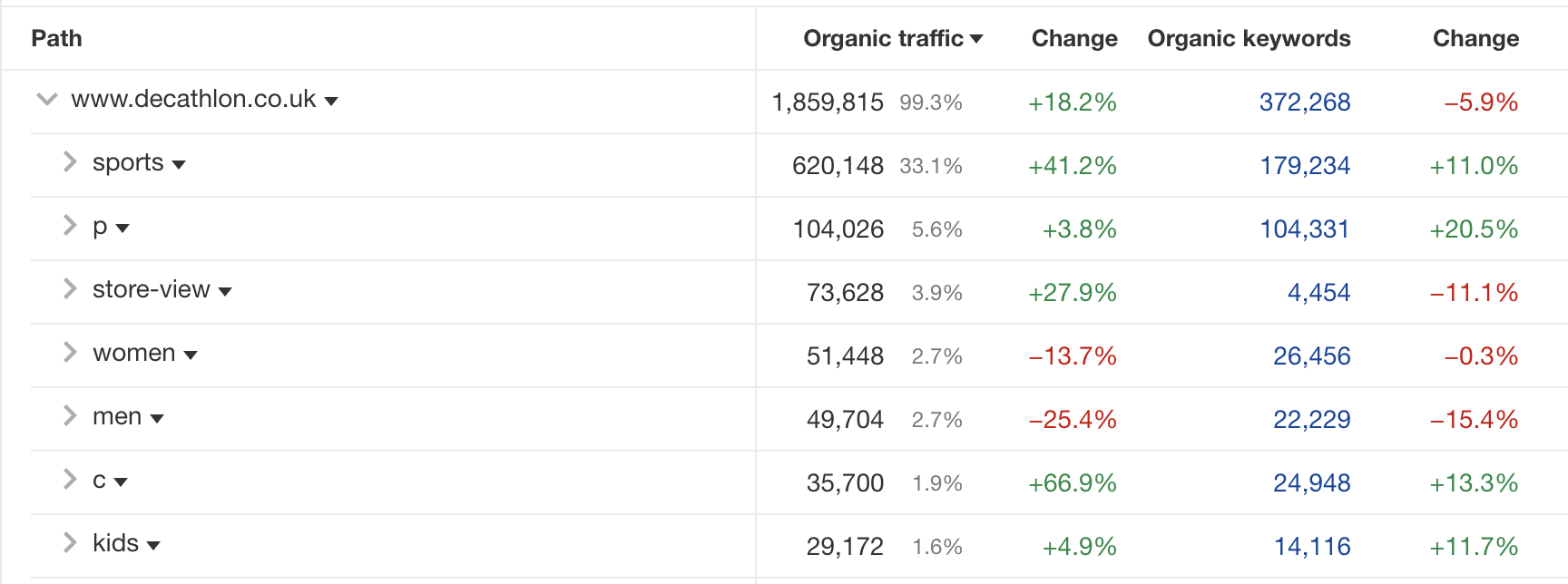
Backlinks
If you have done the redirects correctly, the backlinks will be automatically redirected with 301. If there are errors in your redirection setups and the backlinks you get from sites that provide valuable links for users fall to 404, your organic traffic may also be affected by this and may drop. I recommend you check your backlinks after the transition.
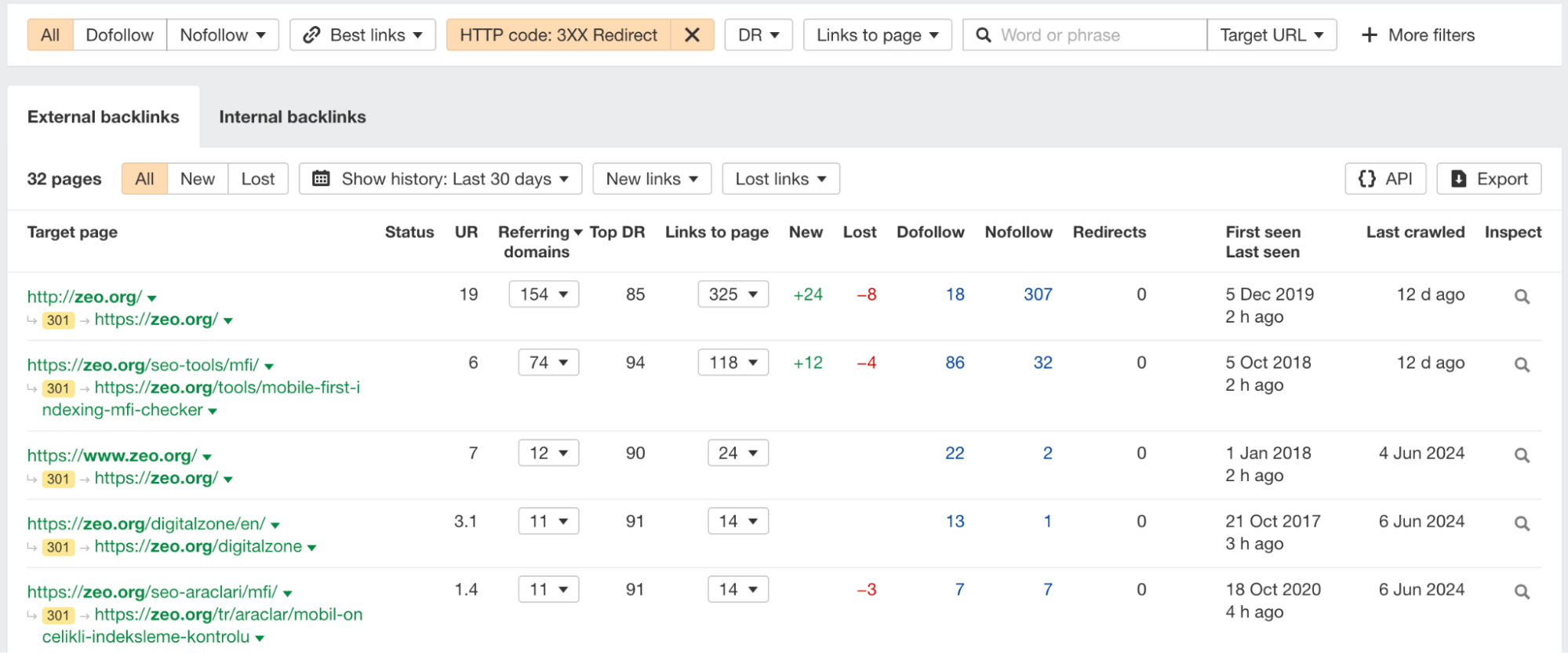
Contents & Meta Tags
Don't say we won't forget this too :) Make sure that your content is carried with the subheadings and format you want. Also, check the meta title and description tags you created for the content. Sometimes the subheadings you mark as H2 can be H5 after migration. Here, I think you should have an item called "what to look for in the content" among your notes and check it; because even missing featured snippets in the content can cause you to lose.

Structural Data
Even if the schema codes are migrated to the new site, for example, the name of the old site in the "url" section or the URLs of the old site in the "image" element. Even if SEO tools see these as valid, this is a misuse. Therefore, check the schema structures for each page type and analyze the structural data that you lose traffic after migration using Search Console.

Sitemaps
Submitting an XML sitemap to the GSC with all the pages of the new site that you want to be indexed will make Google aware of the URLs of your new site so it knows which pages to crawl.
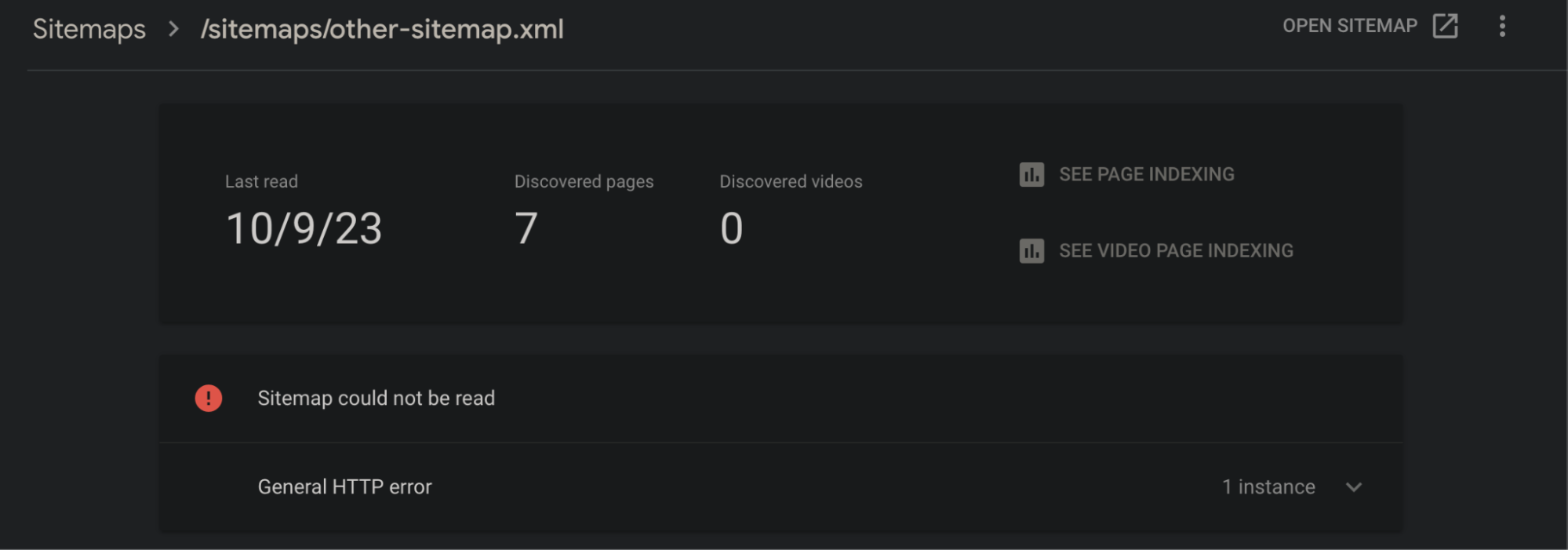
However, it is a common problem that redirect signals are not passed to new URLs if the old URLs cannot be found by Google. To fix this problem, create an additional sitemap with all indexable pages of the old site and submit it to the GSC. This action allows Google to discover the redirects so they can update your rankings faster.
Finally, if you ask "Samet, we did everything; but we can't get our old traffic again", this situation differs according to each site. I don't know your site, maybe you didn't do the things you said you took care of, or you completed the transactions by taking too many breaks while doing them, and many question marks occur.
I hope this article has been useful to you and has given you some time to create a to-do list to double-check things. Remember that fixing all the issues on the site will take patience and time. I wish you all to get your old traffic back and gain more organic traffic!















